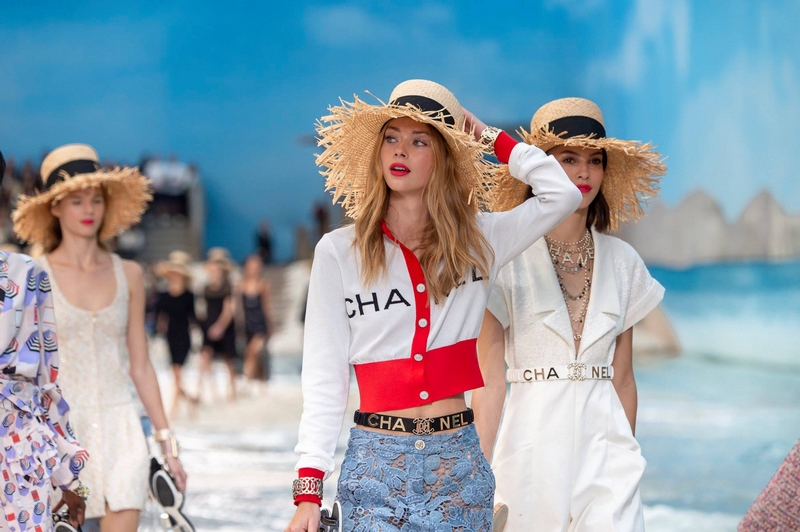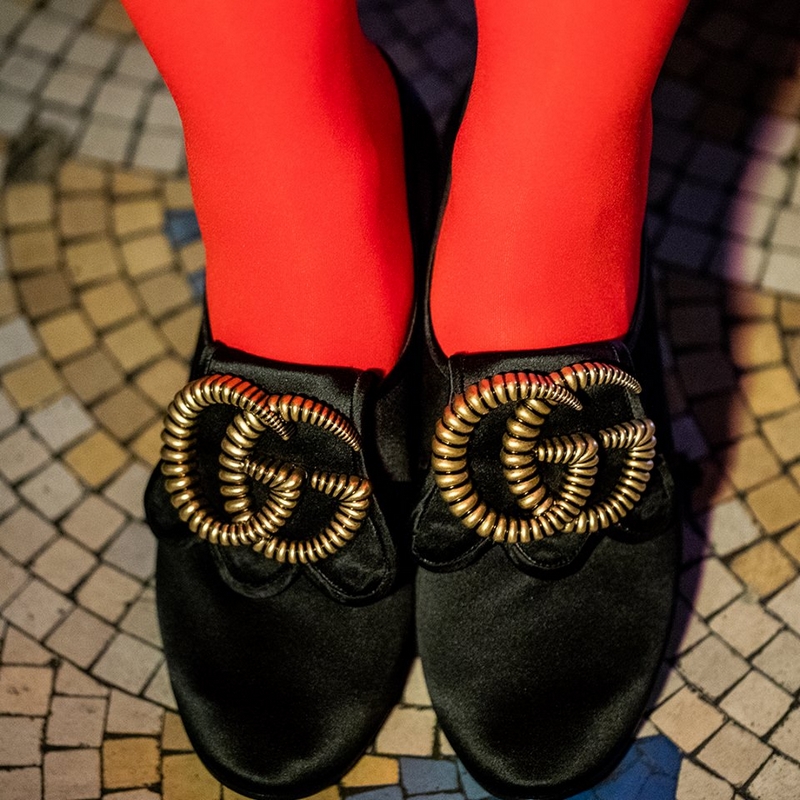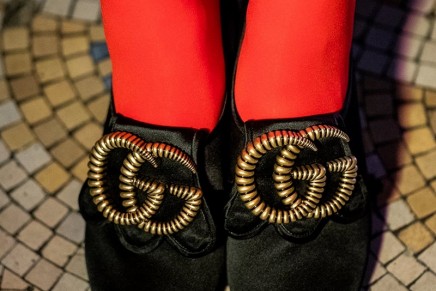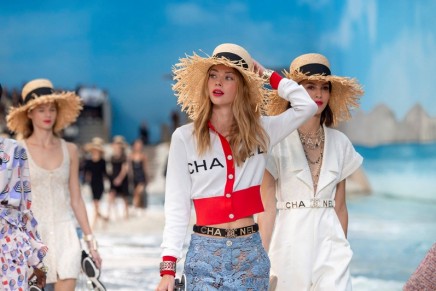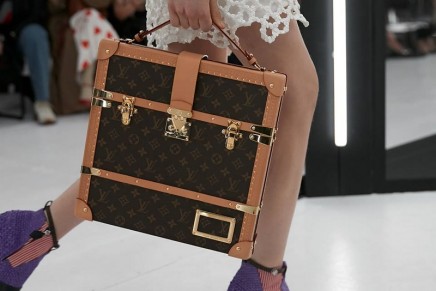We live in a world where consumers have more power than ever, curating their own personal brands like we’ve never seen before. Brands such as Amazon, Spotify, and Netflix lead in this era by improving our lives in very personal ways.
Interbrand announced Apple, Google, and Amazon are the three most valuable brands in its 2018 Best Global Brands report, with luxury and retail as the two dominant sectors. Now in its 19th year, the report’s 2018 theme is Activating Brave, and examines the role that brand strength plays in the bold transformation of the world’s leading businesses.
“A decade after the global financial crisis, the brands that are growing fastest are those that intuitively understand their customers and make brave iconic moves that delight and deliver in new ways,” said Charles Trevail, Global Chief Executive Officer, Interbrand.
For six consecutive years, Apple and Google hold the top positions. Apple’s brand value grew by 16 percent to USD $214,480m, and Google’s by 10 percent to USD $155,506m. Amazon achieved 56% growth and is the third brand to reach a 100-billion-dollar brand valuation (USD $100,764m), and is the top performer among 28 brands with double- digit percent growth. Following Microsoft at #4 (USD $92,715m), are Coca-Cola (USD $66,341m), Samsung (USD $59,890m), Toyota (USD $53,404m), Mercedes-Benz (USD $48,601m), and Facebook (USD $45,168m). McDonald’s (USD $43,417m) returns to round out the Top 10.
The five Top Growing Brands include Amazon (56%), 2017 new entrant Netflix (45%), Gucci (30%), 2017 new entrant Salesforce.com (23%), and Louis Vuitton (23%). After five years as the Top Growing Brand, Facebook declines six percent.
More than half of the Best Global Brands came from five sectors: Automotive (16), Technology (13), Financial Services (12), Luxury (9), and Fast-Moving Consumer Goods (9). Luxury is the new Top Growing Sector (42%), replacing Retail, which continues impressive growth at second (36%). Electronics is third (20%), Sporting Goods is fourth (13%), followed by Financial Services (10%).
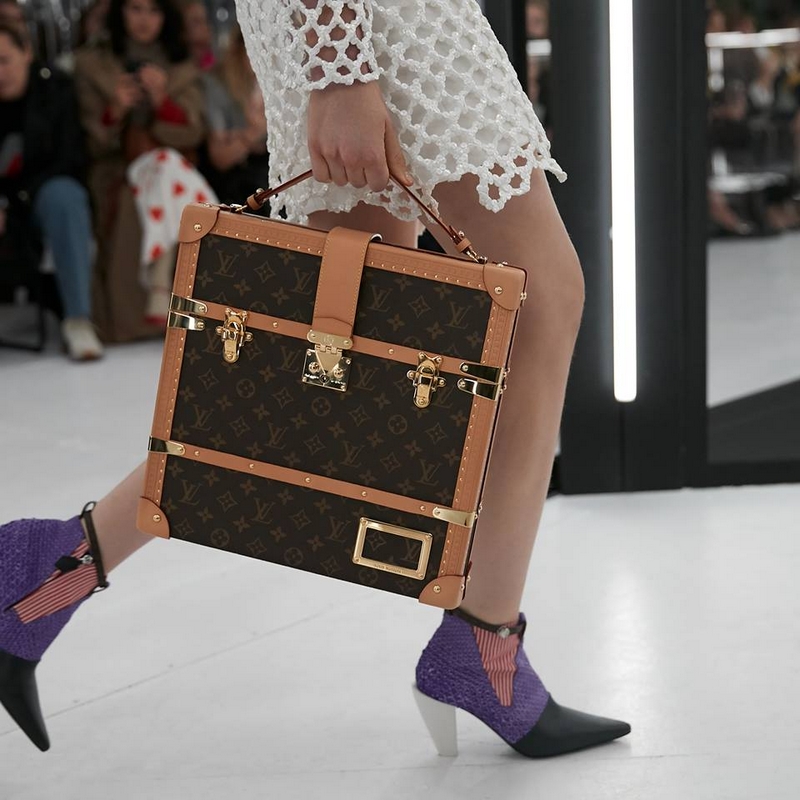
A Monogram handbag from the Louis Vuitton Women’s Spring-Summer 2019 Fashion Show by Nicolas Ghesquière; photo: louis vuitton
Learning From Luxury;
The luxury sector was the top-performing category this year with 42 percent growth.
Despite the shifting expectations of luxury, leading luxury brands have continued to show significant growth. Undoubtedly, luxury today is defined as both products and experiences, but each provides a sense of exclusiveness that comes from a unique or personalized service, or a premium experience that delivers an emotional reward at every touchpoint, and exceeds customer expectations to surprise and delight.
The reason luxury brands have been so successful is because of their ability to anticipate and respond to these shifting cultural trends. They have managed to immerse themselves into street culture and provide levels of access that, while retaining their authenticity and a level of exclusivity, have made their brands more desirable to more customers.
This responsiveness is what we see from Intebrand’s Best Global Brands analysis. Those luxury brands who increased in Responsiveness over the past five years have 2018 Brand Values 43 percent greater than those who didn’t.
Gucci’s recent efforts to respond more rapidly to today’s business landscape helped it grow by 30 percent within the past year.
The luxury brand’s rapid growth can be attributed to the striking dynamic between Creative Director Alessandro Michele and CEO Marco Bizzarri. One of the many investments that Bizzarri has made in people is his ‘shadow committee’ of millennial employees, with whom he meets regularly to garner insights from their thoughts on the business and ideas for innovation.
Interestingly, we are seeing this desire for luxury drive the premiumization in other categories. Samsung has shifted its price point and design to rival Apple, unveiling phones valued at over $2,000, such as the Samsung W2018. W2018 buyers also receive perks like concierge assistance at airports and subways, free software tech support, and a VIP hotline. The premium end of the mobile phone category was five percent in 2010, and now accounts for 30 percent in 2018.

